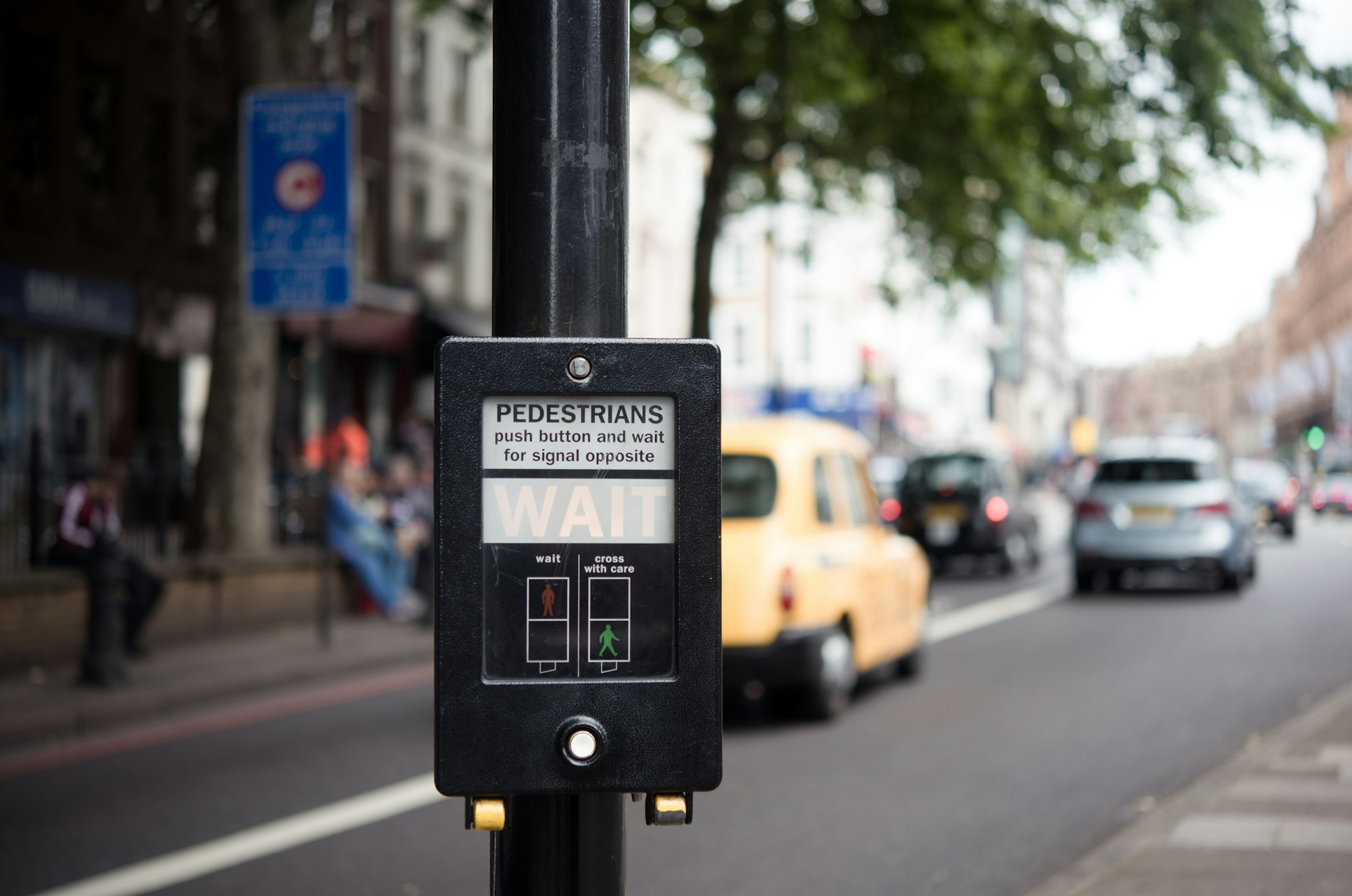When I sat down to write my talk for GigCity Elixir 2019, I was ready to just get started, but experience told me that wasn't the way to go. I knew I wanted to talk about how to think and often the best place to start is by taking a walk. As I meandered around the neighborhood I remembered a quote.
“I was going to write you a short letter, but I didn’t have time, so I wrote you a long one.” - ?
I believed this was said by Samuel Clemens, better known as Mark Twain, but this was not the case. So, instead of taking off and writing my talk without more thinking, I dove into doing lots of reading and research about thinking and problem solving.
One of the books that I looked at for the talk, Darwin On Man, stated, “For all we really know of it, focused problem solving may be a comparatively rare event.” What about all those Eureka moments? Those ideas don’t happen in that instance - they just feel like it. This is because our brains think in two completely different ways. Charles Faulkner, a neurolinguistic programmer, said, “It’s not what you know. It’s how you think.” Let's figure out how we think before we think.
Focus Mode
Focus mode, or L-mode, is the part of our thinking that is verbal, analytical, symbolic, abstract, or temporal. These things are often described as rational, digital, logical, or linear. This kind of thinking comes about when we are focused on something and actively working on it. It is often systematic and repetitive. Focus mode loves this repetitiveness, so it can be hard to break out of this form of thought.
Diffuse mode
Diffuse mode, or R-mode, on the other hand, occurs when dealing with tasks that are non-verbal, synthetic, concrete, anagogic, and holistic, allowing your brain to work in a way that is non-rational, spatial, intuitive, and non-linear. That is where creative thinking comes from, and most artists work in this realm. Diffuse mode is where your brain does pattern matching. Charles Darwin said, “I must fully admit that [intelligence] is of subordinated importance, in an extreme degree, to that blind implies strictly called an instinct.” This mode of thinking was what kept your ancestors from being eaten by tigers in the jungle because it would notice the orange and black stripes against the leaves. This is the way we want to do most of our thinking - so we’re sharp-witted and creative.
Nurturing Diffuse mode
Here are a few ways that you can enhance and increase your time thinking in diffuse mode.
The Three B's
- Bed
Go to bed an hour before you want to go to sleep. This is a break for your mind to wander into innovative thought. You’re also more likely to have dreams, which help exercise your diffuse thinking. - Bath
Go take a bubble bath or stand in the shower in total silence. How often do we get that brilliant idea while suds are in our hair? Silence is an important part of this experience. Leave the radio and TV off. - Bus
Go get on a bus to a place you’ve never been. Just hop on and go. Dmitri Mendeleev, who came up with the periodic table, did so riding a train. He had a set of cards with all of the elements. He would sit there and "play" a sort of solitaire with them. On one of these trips, he laid them out in the first periodic table - just by grouping them together based on their properties.

Naps
Naps are fantastic. The process of falling asleep does wonders for diffuse mode - not to mention all the benefits of being well-rested. Thomas Edison would sit with a ball bearing in his hand and a plate on the ground and when he would fall asleep, the ball bearing would fall and wake him up a little bit - keeping him right in that dream state somewhere between awake and asleep where we have good diffuse thinking. Salvador Dalí had a similar method, giving it a name befitting of Dalí, “sleeping without sleeping”.
Walks

Walking is yet another fantastic way to get your mind into diffuse mode. Alexander Williamson, an English chemist, stated, “One solitary walk is better than an entire week in the lab”. Why would we spend our time thinking at the desk when a walk outside is a quicker way to reach our goals?
Switching tasks
Switching tasks allows your mind to work on something else while the old task is in the back of your brain being tackled by diffuse thinking. Magnus Carlsen, the world’s top chess player, would often get up and walk around the room during a game in order to give his mind a break from focusing on the game he was playing. I'm sure it confused his opponents, and also allowed his brain to wander into diffuse mode.
The question is often when to take the time to work on something else. One way that you can do this is to force yourself to switch tasks with a timer - give yourself a certain amount of time before you go do something else for a little while, then come back to your original task. You might also want to take breaks when you’re frustrated or searching for answers. Often that frustration is your mind's way of telling you it is time to take a break.
Uniting Modes
As great as it is to be able to hang out in diffuse mode, the goal is to get both modes of thinking to work together. It is not an impossible task, I promise.
Focus on process
Focus mode loves repetition and process. If you focus on how you're doing something, rather than the whole project, your focus mode can work with the process while your diffuse mode chews on bigger, more abstract aspects of the problem. An artist might focus on their line rather than thinking of what they want their overall project to be. If you can't think of another process for your focus mode to hone in, try using the Pomodoro Technique.
Mindmap

Mind mapping is another great way of getting your mind to work in both modes. You can draw your mind map, doodle, or any number of things while your brain is also looking at your overall ideas. One alternative to mind mapping is writing your ideas down on notecards and physically moving them around to organize them. That sounds a lot like Mendeleev on the train.
Color
Coloring can get creative juices flowing for those who don't feel artistic. You don't have to take my word for coloring helping to gather thoughts. Next time you are in a checkout aisle look around, and you will often find adult coloring books.
Write
Write everything you can - write notes, write down questions, write a short story or a song...
I keep what I call a "Dev Notebook." It sits beside me as I work. I write down ideas, questions, and interesting ways to solve problems. At the end of the day, I read what I wrote, and often add more notes. I'm surprised at the impact it has on my productiveness and my career.
Another way to get started writing is by commenting on the tickets you work on. Every hour I add a comment to my active task. These comments include what I did, questions I have, and my plan for the next hour. These notes help gather my thoughts and keep others informed.
Metaphor and Analogy
Imagination sits between what we see and our understanding. - Richard Feynman, physicist
Feynman isn't wrong. Metaphors and analogies are the playground of the mind. In his book, Women, Fires, and Dangerous Things, George Lakoff states, "we can't think without using metaphor." Try it. Take a random word and treat it as a metaphor for your problem. Take that metaphor as far as you can. You might be surprised by what you discover.
Change locations
“Even mind and instinct become influenced by changes in the physical environment” - Charles Darwin
Get up, move around. Get your mind moving and your blood flowing. Change your environment and change your perspective.
Wait

They say that waiting is the hardest thing. Sometimes it is the best way. Read your ticket. Wait until tomorrow before you work on it. Take the evening for your mind to sit on it in diffuse mode. Then come back ready to go tomorrow.
Pair programming
The best way of getting focus and diffuse mode to work together is to have two people working together, with one person typing and the other guiding. Andy Hunt, in Pragmatic Thinking and Learning, says, “One person is locked in verbal mode… the navigator is free to engage more non-verbal centers.” It is important to pick a partner who will question you so that you can push each other to grow overall.
Back to the Start
Oh, remember that quote at the start? I didn't have it quite right, but maybe that is my lack of French. It was originally penned in 1657, long before Samuel Clemens.
Je n'ai fait celle-ci plus longue que parce que je n'ai pas eu le loisir de lafaire plus courte. - Blaise Pascal - Letters Proviciales
In English:
I have made this longer than usual because I have not had time to make it shorter.
Make sure that you take the time to think and get both modes involved. Try out some of these techniques or share your own with us, @BinaryNoggin.
Like what you read? Subscribe to our mailing list below to stay up to date with Binary Noggin!
Founded in 2007, Binary Noggin is a team of software engineers and architects who serve as a trusted extension of your team, helping your company succeed through collaboration. We forge customizable solutions using Agile methodologies and our mastery of Elixir, Ruby, and other open-source technologies. Share your ideas with us on Facebook and Twitter.

